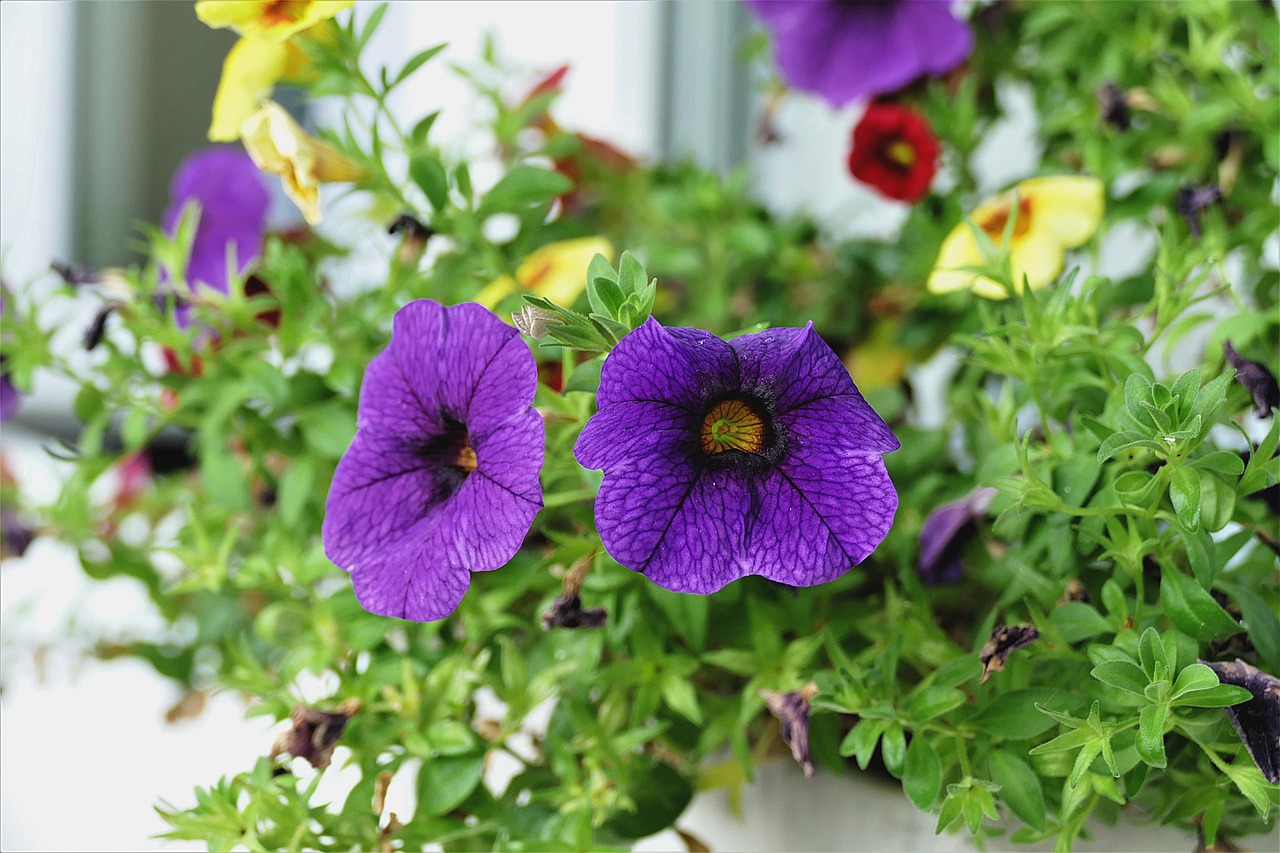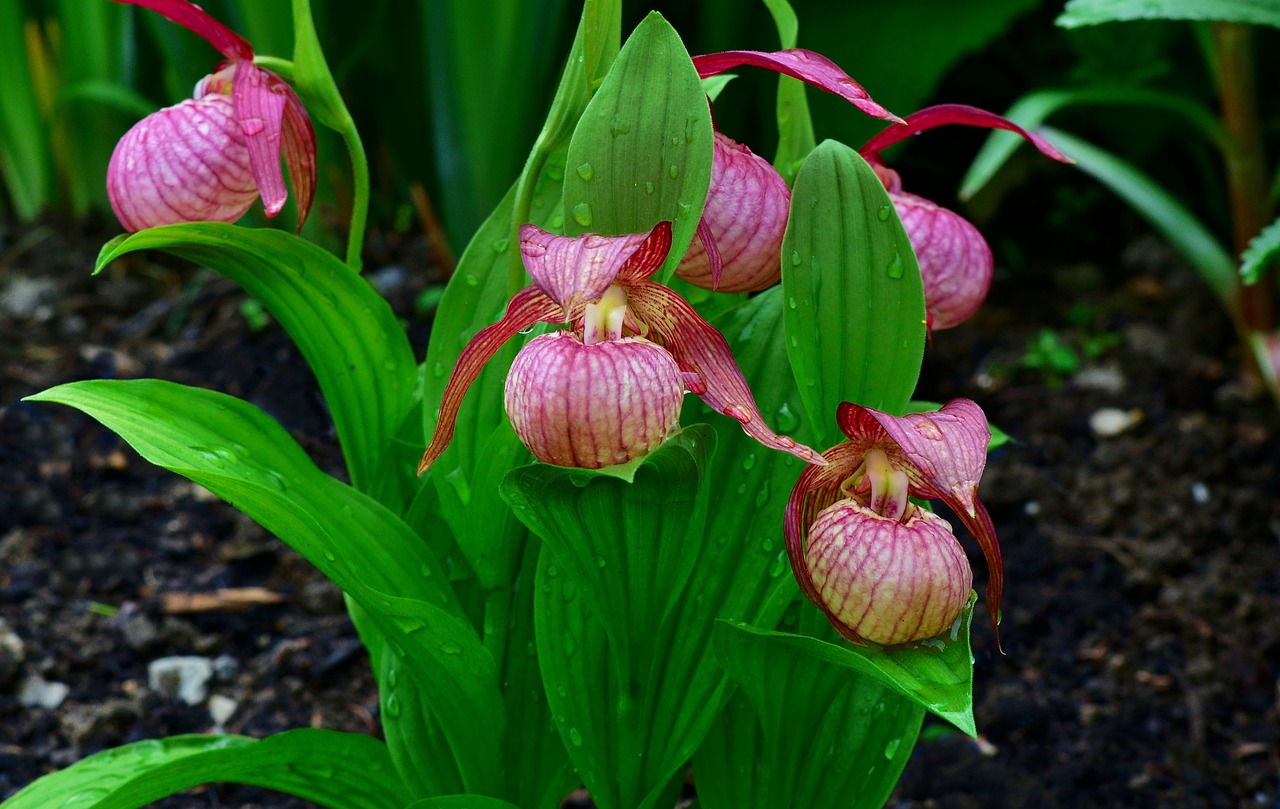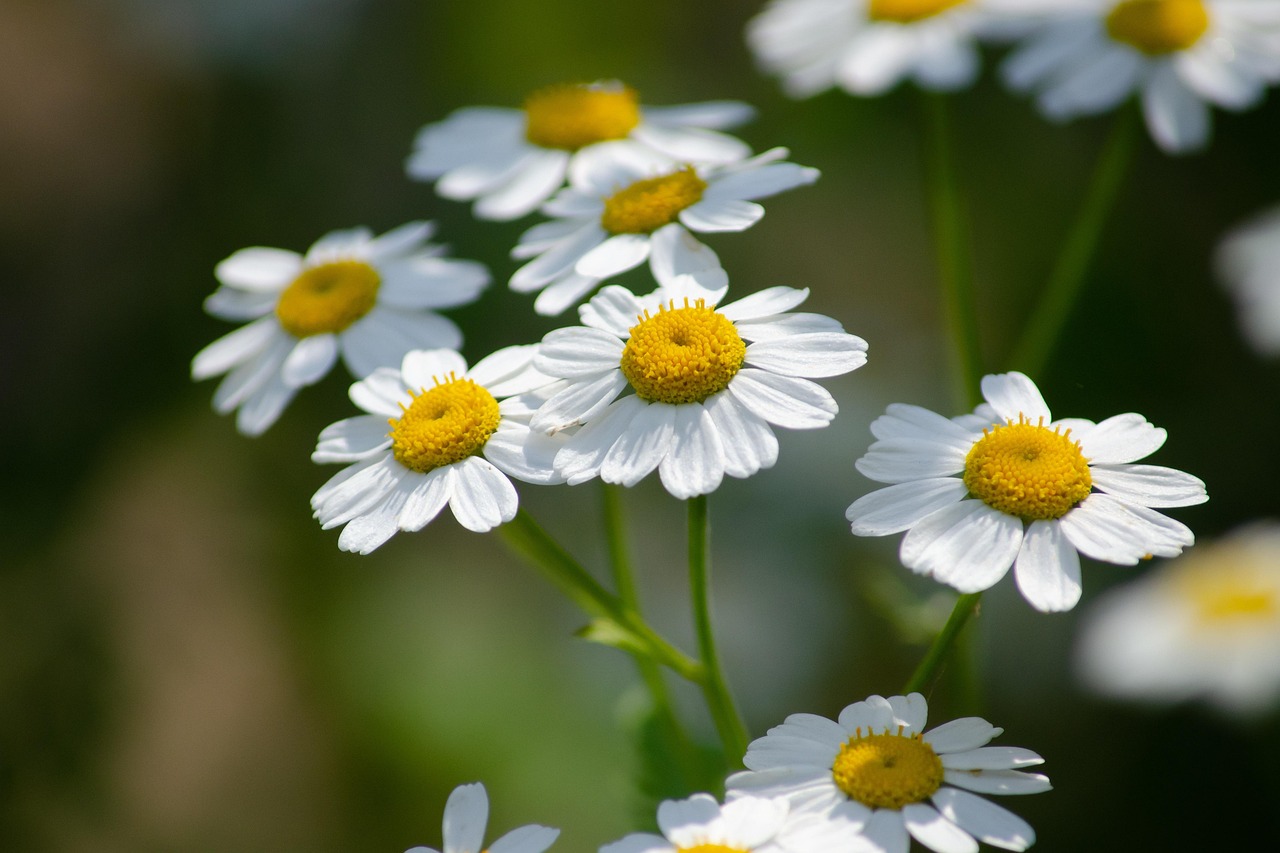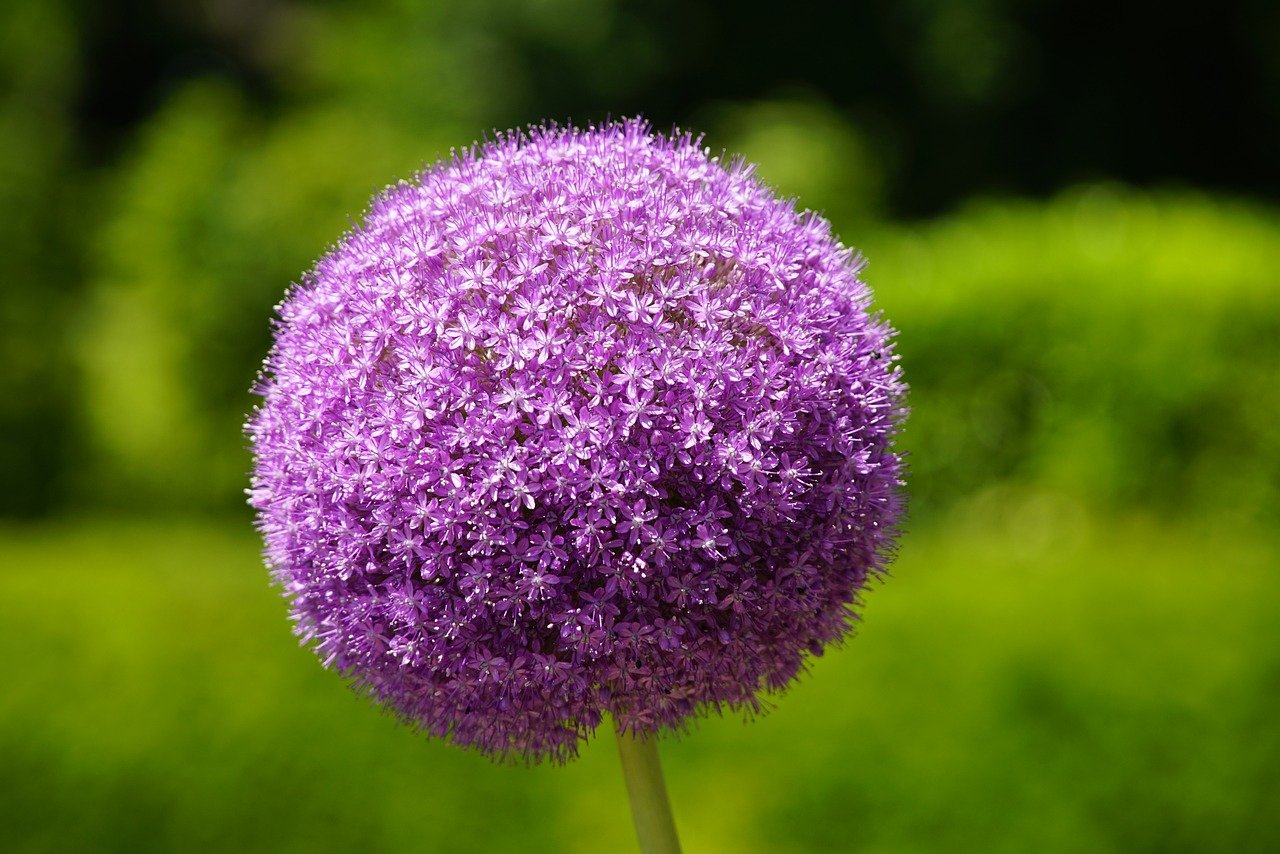Thalictrum aquilegiifolium | A Graceful White Flower Blooming in the Mountains
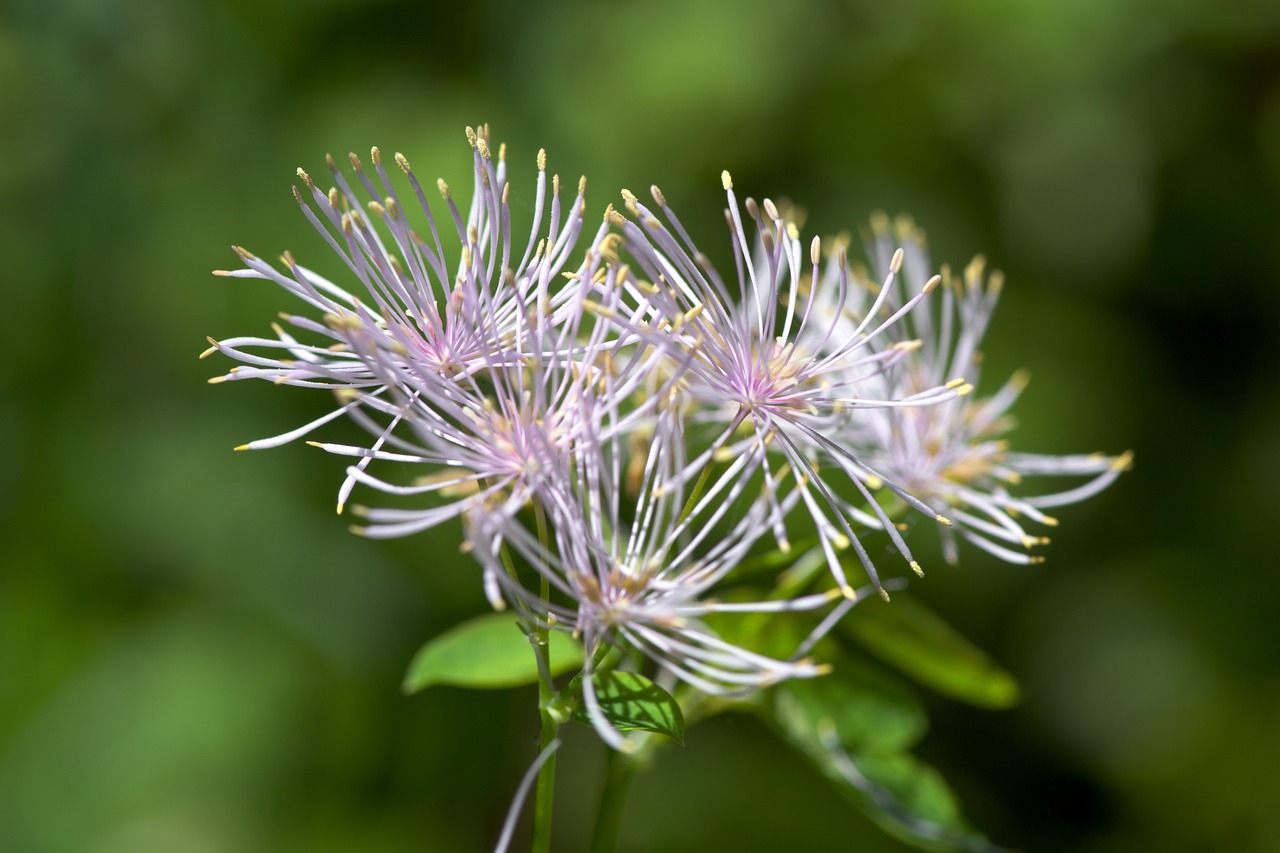
Thalictrum aquilegiifolium is a perennial plant characterized by its delicate leaves and finely branched flowers.
It is widely distributed across mountainous regions of Asia, including Japan and China. The soft, fluffy white flowers swaying in the wind leave a lasting impression. Due to its elegant appearance, it is often used in gardens and natural-style plantings.
In this article, I will introduce the basic information, cultural background, historical significance, and cultivation methods of Thalictrum aquilegiifolium.
Basic Information
- Scientific name: Thalictrum aquilegiifolium
- Family: Ranunculaceae
- Origin: Japan, China, and parts of Europe
- Appearance: The plant features finely divided leaves and airy flowers with thread-like petals. The blossoms are usually white or pale purple, and when they grow in clusters, they create a light and graceful atmosphere.
- Blooming season: Early to mid-summer, thriving especially in cooler climates.
Cultural Significance Around the World
Thalictrum aquilegiifolium has long been cherished in East Asia, particularly in Japan and China.
In Japan, it grows naturally in the wild and has also been incorporated into traditional gardens. Its delicate flowers swaying in the breeze are admired as symbols of lightness and transience, and have been celebrated in haiku and tanka poetry.
In China, it is regarded as a mountain flower that conveys a sense of calm and tranquility.
The plant is also found in parts of Europe, where it is frequently used in natural-style gardens. Its soft and airy texture makes it a popular element in naturalistic landscapes.
Historical Background
In Japan, Thalictrum aquilegiifolium became popular as a garden plant during the Edo period. It was planted in samurai residences, temple grounds, and tea gardens, valued for its refined and graceful appearance.
In the 19th century, European botanists introduced the plant to the West. In England, it soon gained popularity as part of natural gardens. At the time, its soft texture was considered especially suitable for creating informal, naturalistic landscapes, rather than rigid, formal flowerbeds.
Gardening Advice
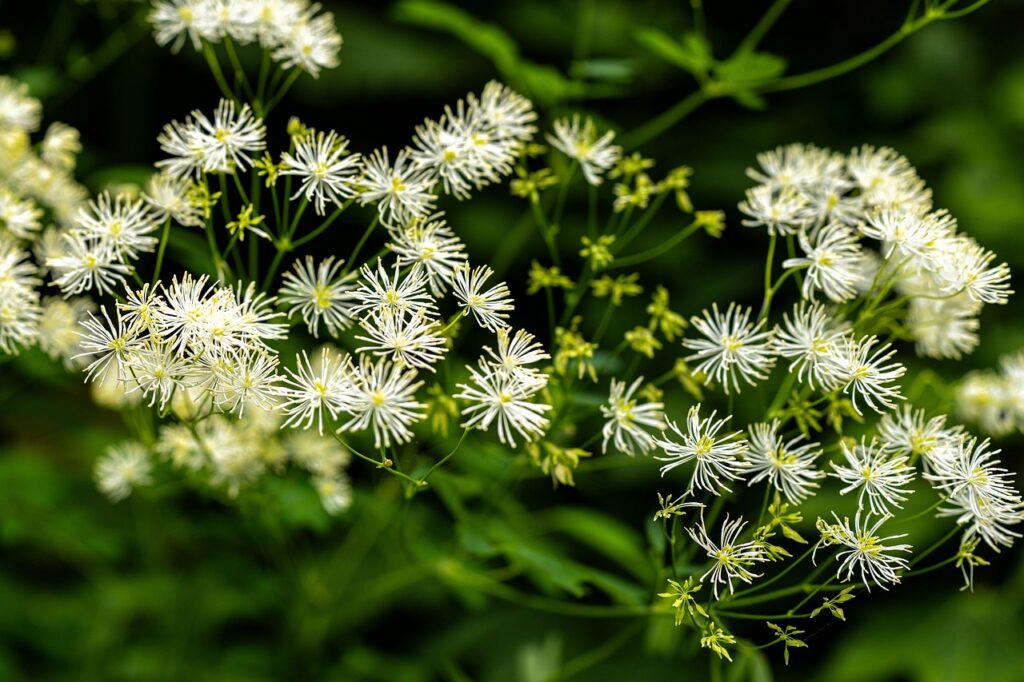
Thalictrum aquilegiifolium prefers well-ventilated, moderately moist environments. Here are some key points for successful cultivation:
Light
Partial shade to bright shade. Protect from harsh afternoon sun in summer.
Watering
Water thoroughly when the soil surface becomes dry. Avoid prolonged dryness, especially in summer.
Soil
Well-drained yet moisture-retentive soil, enriched with leaf mold or organic matter.
Fertilizer
Apply a slow-release fertilizer during the growing season. Use sparingly to avoid overfeeding.
Cold tolerance
Generally hardy, but in regions with severe frost, mulching around the roots in winter is recommended.
Conclusion
Thalictrum aquilegiifolium is a perennial plant admired for its delicate leaves and airy flowers. Widely distributed across Japan and China, its graceful appearance swaying in the wind has inspired poetry and garden culture in Japan, while also being embraced in European natural gardens since the 19th century.
When provided with partial shade, sufficient moisture, and well-drained soil, it grows healthily and rewards gardeners with its subtle yet striking flowers.
This elegant plant is perfectly suited to gardens that value traditional Japanese aesthetics or natural, harmonious landscapes.


